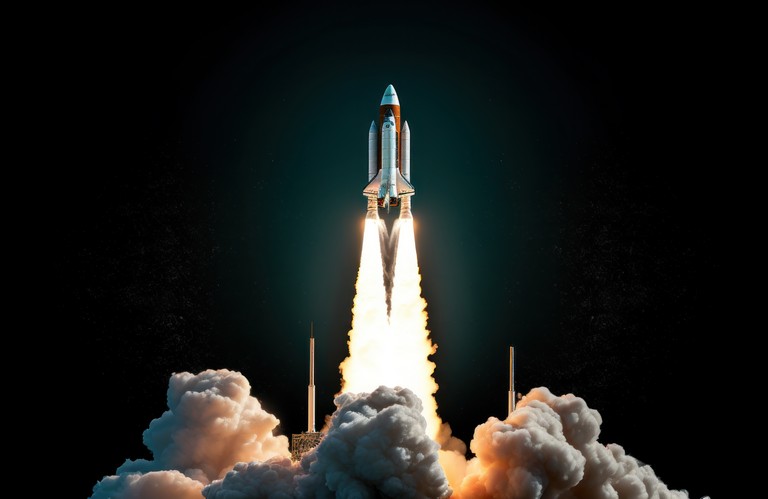Knows about Space Shuttle Program – America
The Space Shuttle Program was a groundbreaking initiative by NASA (National Aeronautics and Space Administration) that aimed to develop reusable spacecraft for human spaceflight. Running from the early 1980s until 2011, the program played a vital role in space exploration and in shaping the capabilities of the United States in human spaceflight. Here’s an overview of key aspects of the Space Shuttle Program:
Origins and Development
The Space Shuttle Program was announced by President Richard Nixon in 1972. It was developed as a follow-up to the Apollo program, with the goal of creating a reusable spacecraft to lower the cost of space travel.
Space Shuttle Components
The Space Shuttle consisted of three main components: the orbiter, the external tank, and the solid rocket boosters. The orbiter was the crewed spacecraft, while the external tank contained fuel for the main engines. Solid rocket boosters provided additional thrust during liftoff.
First Flight
The first orbital flight of the Space Shuttle took place on April 12, 1981, with the launch of the Space Shuttle Columbia on mission STS-1.
Reusable Design
One of the program’s key innovations was the development of a partially reusable spacecraft. The orbiter and solid rocket boosters were designed for multiple flights, reducing costs compared to disposable launch vehicles.
Space Shuttle Fleet
The Space Shuttle fleet included six orbiters: Columbia, Challenger, Discovery, Atlantis, Endeavour, and Enterprise (used for atmospheric testing but not for orbital flights).
Space Shuttle Missions
The Space Shuttle was used for a variety of missions, including deploying satellites, conducting scientific experiments, repairing and servicing satellites in orbit, and assembling and servicing the International Space Station (ISS).
Challenges and Tragedies
The program faced challenges, including the Challenger disaster in 1986 when the Space Shuttle Challenger broke apart 73 seconds after liftoff, leading to the deaths of seven astronauts. Another tragedy occurred in 2003 when the Space Shuttle Columbia disintegrated upon reentry.
International Collaboration
The Space Shuttle played a crucial role in the construction and servicing of the International Space Station (ISS), fostering international collaboration in space exploration.
Retirement of the Program
The Space Shuttle Program was retired in 2011 with the final flight of the Space Shuttle Atlantis on mission STS-135. The decision to retire the program was influenced by aging technology, high operating costs, and a shift in focus towards new exploration initiatives.
Legacy
The Space Shuttle Program left a lasting legacy, advancing space exploration capabilities, fostering international cooperation, and inspiring generations of scientists, engineers, and astronauts.
Transition to New Programs
After the retirement of the Space Shuttle Program, NASA shifted its focus to developing new spacecraft and launch vehicles, including the Space Launch System (SLS) and the Commercial Crew Program.
The Space Shuttle Program marked a significant chapter in the history of human spaceflight, combining innovation, scientific exploration, and operational experience in ways that continue to influence space endeavors today.









